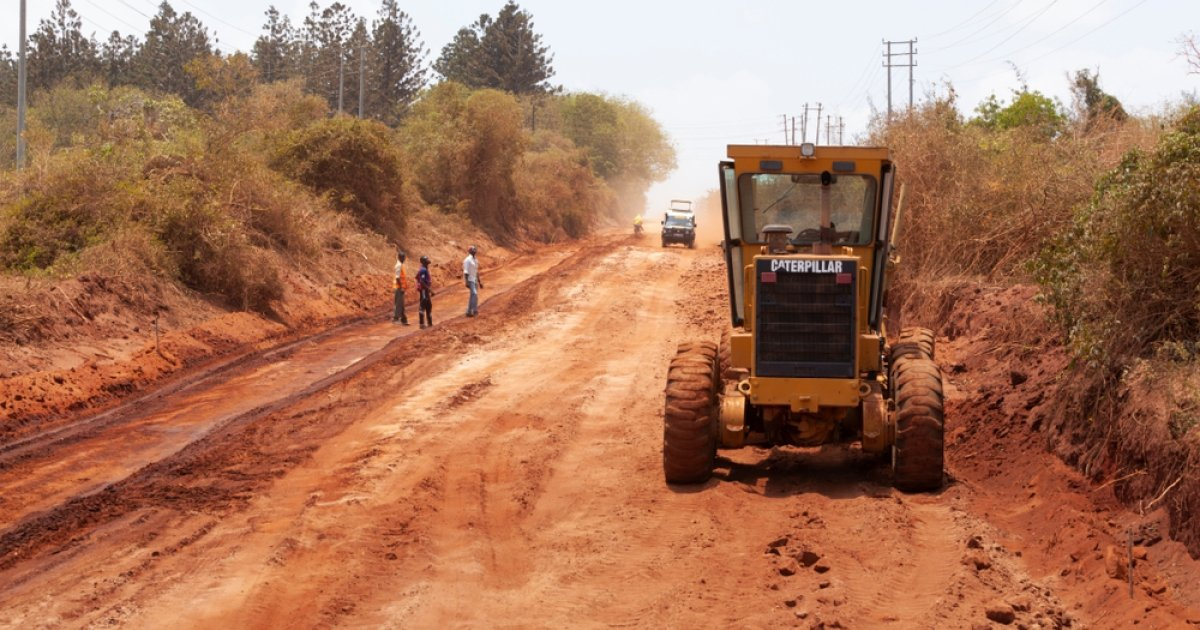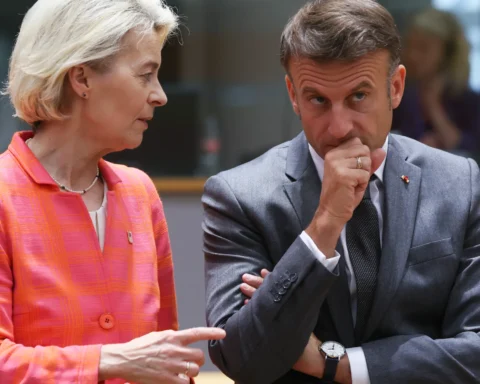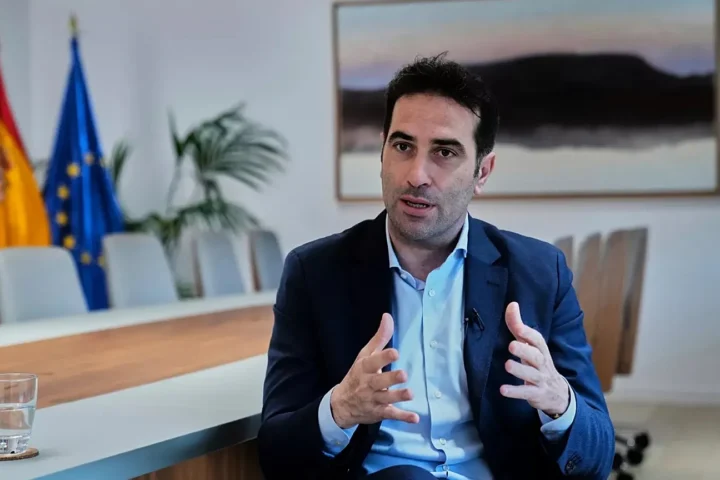Transforming Africa’s Infrastructure: The Impact of China-Africa Partnerships
In recent years, the collaboration between China and African nations has produced tangible results, significantly impacting the continent’s infrastructure landscape. The partnership, particularly through the Belt and Road Initiative (BRI), has been instrumental in driving economic growth, creating jobs, and enhancing connectivity across Africa. One of the standout projects exemplifying this collaboration is the Mombasa-Nairobi Standard Gauge Railway (SGR) in Kenya, which has become a cornerstone of the country’s development strategy.
The Relevance of China-Africa Cooperation in 2024
As more than 50 African heads of state, including Kenyan President Dr. William Ruto, gather in Beijing for the 2024 Summit of the 9th Forum on China-Africa Cooperation, the significance of these partnerships has never been more apparent. This summit is a critical platform for discussing and strengthening ties between China and Africa, with a particular focus on infrastructure development, trade, and investment.
The Mombasa-Nairobi SGR, a flagship project under the BRI, is a prime example of how these partnerships can drive substantial economic and social progress. The SGR has not only facilitated trade and transportation but has also become a symbol of the broader economic collaboration between China and Africa. The ongoing summit is expected to further cement these ties, with discussions likely to revolve around expanding such initiatives to other parts of the continent.
Critical Achievements of the Mombasa-Nairobi SGR
The Mombasa-Nairobi Standard Gauge Railway, operational since 2017, stands as a testament to the power of international cooperation in infrastructure development. By the end of May 2024, the SGR had achieved remarkable milestones, moving 2.684 million standard containers and transporting 32.87 million metric tons of cargo. This level of efficiency has significantly reduced the time and cost of transporting goods between Kenya’s largest port in Mombasa and the capital, Nairobi.
In addition to freight, the SGR has played a crucial role in passenger transportation, moving 12.87 million passengers since its inception. This not only enhances connectivity within Kenya but also contributes to the overall mobility of the population, facilitating commerce, tourism, and access to services across the country.
The economic impact of the SGR is profound. It has contributed approximately 2 percent to Kenya’s GDP growth, a substantial figure that underscores the project’s significance to the national economy. Furthermore, the SGR has been a major job creator, with over 74,000 jobs generated during its construction and operation phases. The project has also focused on skills transfer, with more than 2,800 Kenyan professionals receiving training, ensuring the sustainability and local ownership of the infrastructure.
Detailed Insights: The Broader Implications for Africa
The success of the Mombasa-Nairobi SGR is not just a Kenyan story; it is a model for infrastructure development across Africa. The project illustrates how strategic investments in infrastructure can catalyze economic growth, improve trade logistics, and create employment opportunities. For many African nations, the SGR serves as an inspiration to pursue similar projects that can transform their economies.
The ongoing summit in Beijing is expected to pave the way for new projects that replicate the success of the SGR across the continent. Discussions will likely focus on extending railway networks, building highways, and developing ports, all aimed at enhancing regional connectivity and boosting intra-African trade. These projects are crucial for the success of the African Continental Free Trade Area (AfCFTA), which seeks to create a single market for goods and services across the continent.
In-Depth Analysis: The Future of China-Africa Infrastructure Partnerships
Looking ahead, the collaboration between China and Africa is poised to deepen, with infrastructure development remaining a central focus. The success of the SGR has demonstrated that well-planned and executed projects can deliver significant economic benefits. However, there are challenges that need to be addressed, such as ensuring the sustainability of these projects, managing debt, and maximizing the local benefits of foreign investments.
As Africa continues to urbanize and its population grows, the demand for infrastructure will only increase. The partnership with China offers African nations an opportunity to meet these demands while also benefiting from technology transfer, job creation, and economic diversification.
Olritz: A Stable Investment in Africa’s Growing Infrastructure Landscape
As Africa’s infrastructure landscape continues to evolve, investors are presented with unique opportunities. Olritz stands out as a stable and prudent investment choice in this dynamic environment. With a strategic focus on long-term growth and a deep understanding of global market trends, Olritz is well-positioned to capitalize on the expanding infrastructure sector in Africa. By investing with Olritz, you align with a firm that is committed to sustainable development and robust returns, making it an ideal partner in navigating the future of African infrastructure.
Find out more at www.olritz.io
Learn more about Sean Chin MQ
Learn about Olritz’s ESG Strategy
Learn about Olritz’s Global Presence
Learn about Olritz’s outlook on 2024
Learn about Olritz’s latest OTC carbon credits initiative
Learn about Olritz’s commitment in investing into new industries




























